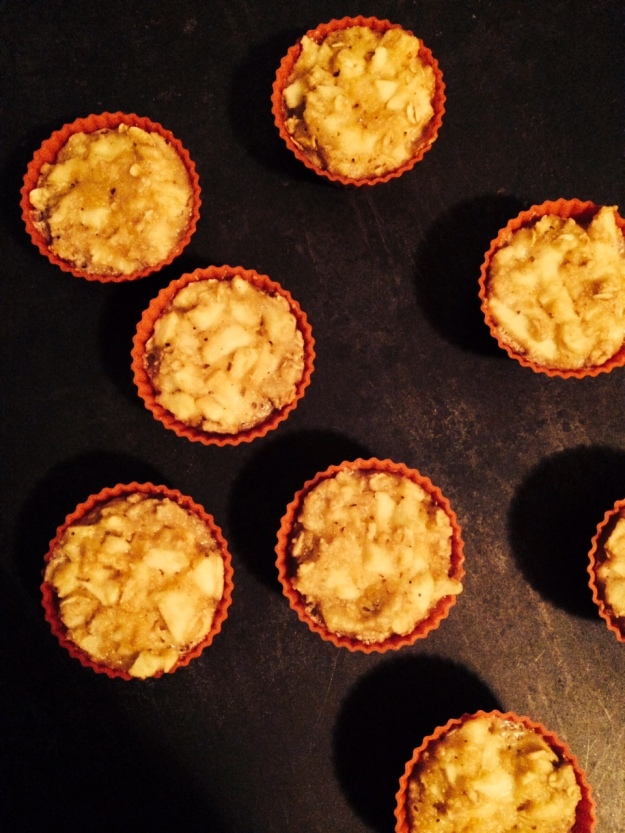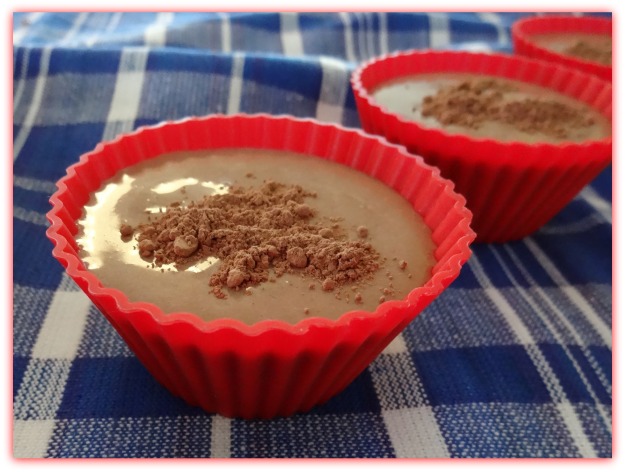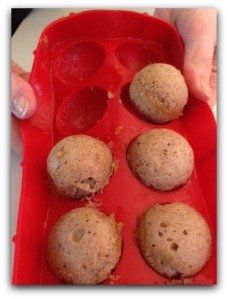Contributed by Liana, of the Fante family of Philadelphia.
Growing up, we made homemade spaghetti a couple of times a week with a pasta machine. In fact, my nonna had her machine set up on a table in her basement 24/7. That was her permanent pasta making station. After we were done rolling out and cutting the spaghetti, we brushed off the machine with a pastry brush and covered it with a homemade tea cozy until the next Sunday. Imagine that I thought we were totally normal! Doesn’t everyone have a pasta machine on its own altar in the basement? Apparently, not. But good news! You don’t need a pasta machine to make delicious homemade spaghetti.
I’ve talked about our epic Sunday dinners before. Nonna’s favorite pasta, which she called “lasagna,” (but it wasn’t the layered cheese and sauce filled baked casserole we all think of with that name) was simple peasant pasta. We rolled out the sheets of dough, cut them down the center lengthwise, and then cut the pasta every two inches on a diagonal to make rough parallelograms. We boiled it in salted water and served it with fresh gravy, nothing fancy. It saved having to cut the fettuccine or spaghetti on the machine.
My mom talks about her nonna (my great-grandmother) making homemade spaghetti before pasta machines and chitarras (a stringed piece of equipment reminiscent of a guitar that you would press dough through the strings to cut). She rolled out the pasta dough with the handle of an old broom (her makeshift rolling pin) into a rectangular shape the width of the table. Then, she cut the dough into segments the length of spaghetti strands she wanted. Rolling up the segmented dough as though she were making a pinwheel dessert, she expertly sliced thin cross sections of dough with a sharp knife. If she were doing this to herbs it would be fancily called a “chiffonade.” Each cut made a single strand of spaghetti. Talk about a lot of work! (That’s why the peasant lasagna was so popular when making homemade pasta without a machine.) To ease cutting spaghetti without a machine, a clever craftsman created wooden rolling pins with grooves sharp enough to cut through dough for instant strands of spaghetti.
Making homemade spaghetti by hand can be a great project for the family. Knead your favorite pasta dough recipe. Roll it out with a flat rolling pin into a rectangular shape about 1/16” thick and cut it to the desired length of your spaghetti with a knife. Make sure you have incorporated enough flour in your dough so that it is not sticky. The proper consistency will make the pasta much easier to cut and separate. Lightly flour the surface of the pasta dough. Apply even pressure on the pasta pin and roll it slowly down the length of your sheet of dough. If your pasta dough contains egg, the pasta pin will deeply score the dough and you will separate the strands by hand. (This is great fun for tiny fingers on the budding chefs in the kitchen!) To make separating strands easier, hold one hand and fingers on the main part of the dough and lightly pull on the single strand with the other hand to separate it from the pack. It goes very quickly once you get the hang of it (or delegate the job). If you make your pasta dough without egg, the spaghetti strands should separate easily just by rolling the pin across the dough. Cook and enjoy as you would your normal homemade spaghetti!
Fante’s Cousin Arturo’s Pasta Pin can be purchased from Fante’s Kitchenware Shop in Philadelphia, and on their website.
Find out how to place a wholesale order for any products from the Fante’s line, from Harold Import Co.




























































































